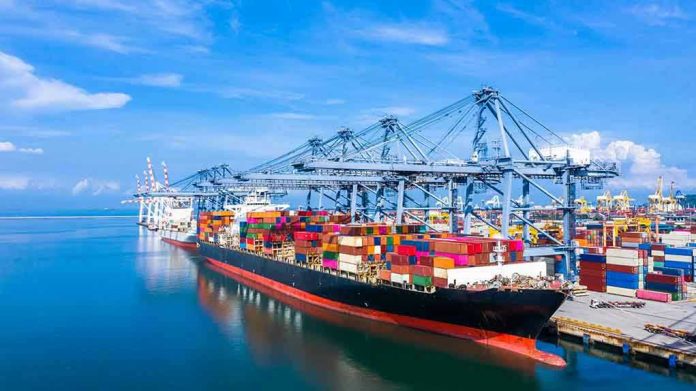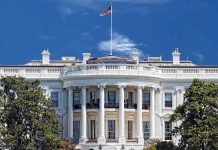
China’s strategic dominance in global technology and trade poses a significant challenge to American sovereignty and economic stability.
Story Overview
- China’s state-driven policies have reshaped global economic and technological landscapes.
- U.S. faces mounting difficulties as it attempts to counter China’s influence.
- China’s advancements in 6G technology set new international standards.
- Domestic challenges, such as overcapacity, continue to plague China’s growth.
China’s Expanding Global Influence
China has strategically leveraged its industrial policies to expand its influence globally. The “Made in China 2025” initiative has been pivotal in transforming its manufacturing capabilities, reducing dependency on foreign technology, and setting new international standards. This state-driven approach has allowed China to become a central player in global affairs, challenging the traditional dominance of the United States and its allies.
Technological advancements, particularly in 5G and 6G, have further solidified China’s position as a leader in global standards. The approval of Chinese-developed 6G standards by the UN’s International Telecommunications Union in 2024 marked a significant milestone. These developments have not only boosted China’s technological credibility but also intensified the competitive dynamics with Western countries.
Challenges and Dependencies
Despite China’s impressive growth trajectory, significant challenges persist. The country grapples with internal issues such as overcapacity, weak domestic consumption, and demographic shifts. These structural challenges threaten to undermine its long-term economic sustainability. Additionally, China’s global dominance has created reverse dependencies, wherein the world increasingly relies on Chinese technology and supply chains.
China’s economic growth has been robust, with a 5.3% increase in GDP in the first half of 2025. However, this growth is primarily driven by industrial output and exports, with domestic consumption lagging. This imbalance highlights the ongoing challenges China faces in achieving a sustainable economic model.
The Global Response
The United States and its allies are increasingly concerned about China’s growing influence and are taking steps to counter it. Efforts to diversify supply chains and reduce reliance on Chinese technology are underway. The U.S. has enlisted critical Asian partners to revitalize its own shipbuilding capabilities, aiming to regain strategic control over essential industries.
As China continues to expand its global footprint, the international community must navigate the complexities of engagement and competition with a rapidly ascending power. The geopolitical landscape is shifting, with potential realignments and new alliances forming in response to China’s rise. The challenge for the U.S. is to balance economic opportunities with strategic imperatives, ensuring that it remains a key player on the world stage amidst an evolving power dynamic.
Sources:
Lessons from Made in China 2025: Will China Achieve Its Vision for 2035?
China’s Growing Influence: Is America Getting Left Behind?
Was Made in China 2025 Successful?
Ten Challenges Facing China’s Economy
China’s Economy in H1 2025: GDP, Trade, and FDI Highlights













